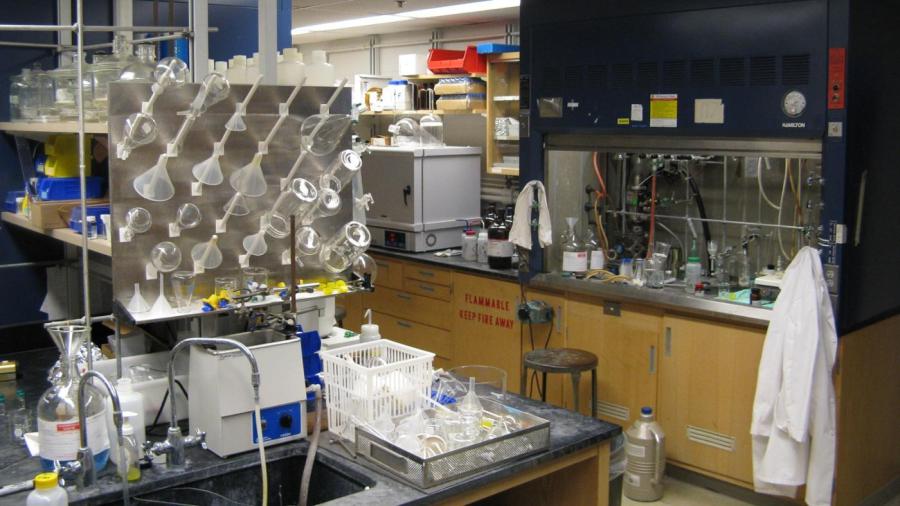How Do You Calculate PH From Ka?

Calculate the pH value from the Ka by using the Ka to find the concentrations, or molarity, of the products and reactants when an acid or base is in an aqueous solution. Calculate the pH by taking the -log of the concentration of the H3O.
-
Create an ICE table
Make an ICE table recording the initial concentration, change in concentration and equilibrium concentration of the reacting acid and its products. Where the change in concentration is not known, use the value -x for the reactant and the value x for the products.
-
Plug the values into the formula for Ka
The value of Ka is equal to the concentration of the products multiplied together over the concentration of the reactant. Plug in the values from the ICE table.
-
Solve for x
After plugging the concentrations of the reactant and products into the equation for Ka, solve for the variable x, which represents the change in concentration.
-
Find the equilibrium concentrations
Using the value for x, calculate the equilibrium concentration for the H3O ion produced in the equation.
-
Plug the concentration into the conversion equation
The conversion equation for finding the pH is pH = -log[H3O+]. Plug the calculated concentration for the H3O+ into that equation to determine the pH of the solution.





